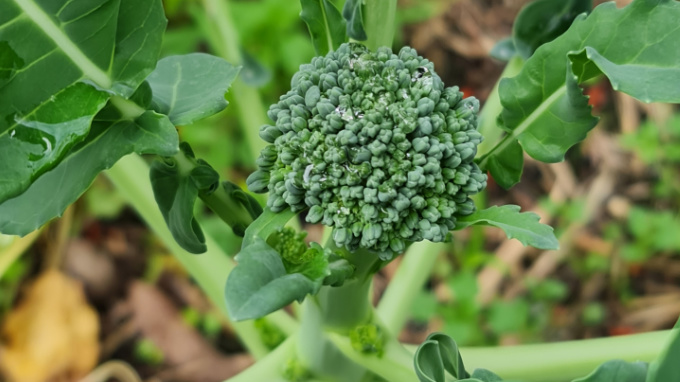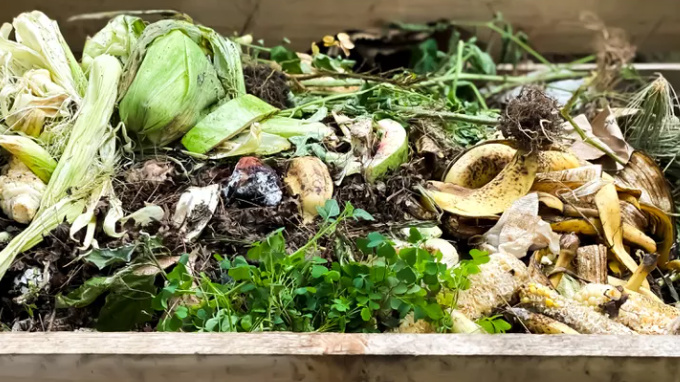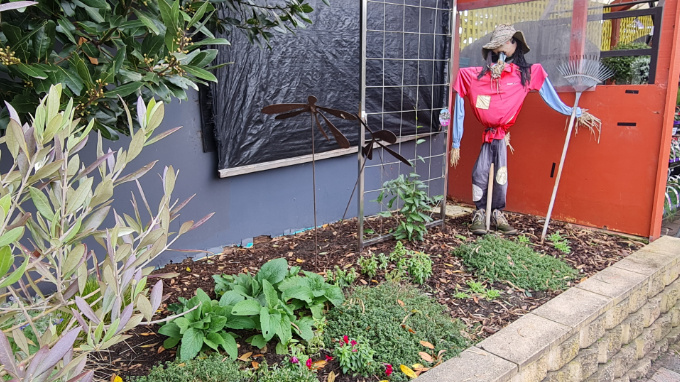
It’s been wet, it’s been cold, days are short and grey. It really is hard to get motivated to get out in the garden. But there is always something to do out there. So here’s some ideas to get you up and about, and out in the garden this weekend.
Preparation
Garden Beds sitting idle in anticipation of Persephone’s triumphant return in spring, are a fantastic target of focus for these winter months. There are several ways you can improve the soil viability and increase productivity in your veggie patch. Plant a green crop. Quick growing, nitrogen rich green compost crops like peas, beans, lupins, ryegrass and oats, are a great way to quickly boost your veggie patches. The principal being, the crops quickly grow within the beds, providing aeration and nitrogen to the soil, then before they reach maturity, they are cut, and turned back into the garden beds, creating a green compost, that breaks down, and feeds future crops. The addition of organic material to well worn garden beds helps break down clay, allowing for better drainage, adds viability to sandy soil, allowing for better moisture retention.
As well as feeding your garden, you can also feed yourself. Other quick growing crops that do well over winter are the Brassicas. Vegetables like Broccoli, Cauliflower, Brussel Sprouts and Snow Peas, are all happy with the colder, shorter days. Planting seedlings now, will see you harvesting within 8-10 weeks. These leafy greens are also favourites of chickens.

Pruning
Always try to pick a warmer, dryer day for this particular task, to avoid leaving the freshly cut stems susceptible to bruising, damage and rot. The object of pruning is to create a structure and shape, suitable to the production of fruit, and healthy growth. When pruning, take a moment to plan the overall growth shape of your plant. Some universal rules are to clear the centre of the canopy, to avoid overcrowding and crossed branches. Try to shape the tree into a vase or wine glass shape. Pick four strong leading branches, and prune to highlight them. Try not to prune more than 30% of a plant at any one time, to avoid shock. It is always good to fertilise plants after a pruning as well, to help them bounce back.

A diagonal cut, at the angle of a rooftop, to prevent water from pooling on the fresh cut. Use sharp, sterilised secateurs, making sure to keep the sharpened edge towards the remaining part of the tree, to allow a clean cut.
Mulch
As you tidy up your garden beds, and prune your deciduous trees, you’re going to accumulate some garden waste. Making a compost pile to help break that down, will benefit you and your garden. If you can’t wait for it to break down, you might want to order a few bags of natural garden mulch in the meantime.
Mulch is a really handy tool in creating a healthy and happy garden bed. It retains moisture, warmth and creates a safe space for beneficial organisms in your soil.
Weed
No better way to stay warm in the garden, than the physical removal of weeds. While the soil is soft and wet from all the rain, and before weeds set seed for spring, get your hands dirty, and get rid of those pesky, undesirables.
Some handy tools to help you.
If you would like to make your own fertiliser from your green waste, there are a few simple methods that result in powerful tonics for your plants, as well as simultaneously reducing your impact on the environment.
Take your green waste, vegetable scraps, softwood cuttings and leaf litter from deciduous trees, and place them in a large pot for boiling. Fill with water, and bring to the boil on the stove for about 15-20 minutes. Place somewhere to cool, and strain. Dilute the solution with water, and pour over your garden beds. This nitrogen rich liquid will ameliorate your soil, and give any new plants a solid growth spurt in early spring.

Plan
There is bound to be at least one day this winter that is just too cold and miserable to brave the garden. So pop on the kettle, grab a couple of bickies, and plan and prepare ideas for your next gardening adventure. Source seed for those spring veggies, so youre ready to go when the weather warms. Do some research on new and interesting varieties. Try something exotic that you might not find at the supermarket. Think about what you want from your garden. Maybe you want to attract some wildlife, like birds or bees, with some native plants. Perhaps there is a crop that your family loves that’s becoming increasingly hard to source, like lettuce. Sketch out some ideas for some garden bed redesigns, and if you’ve got kids, get them involved in planning, and designing, and encourage their curiosity in the garden. Setting up infrastructure, like a teepee for a bean garden, can provide a fascinating experience for children, as well as providing a shady cubby house for those warmer summer days ahead. Its also a relatively easy and fun job to do together.
